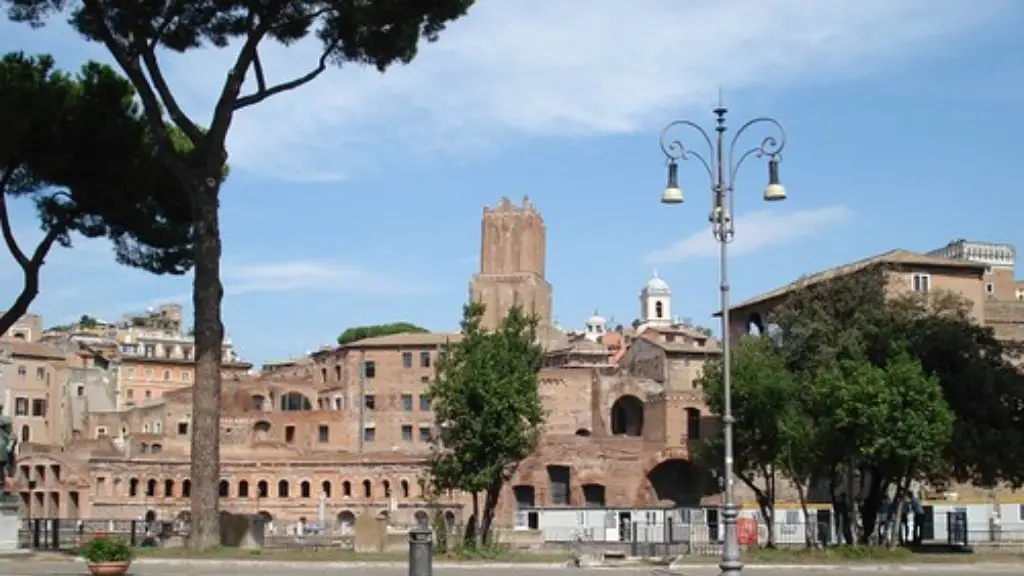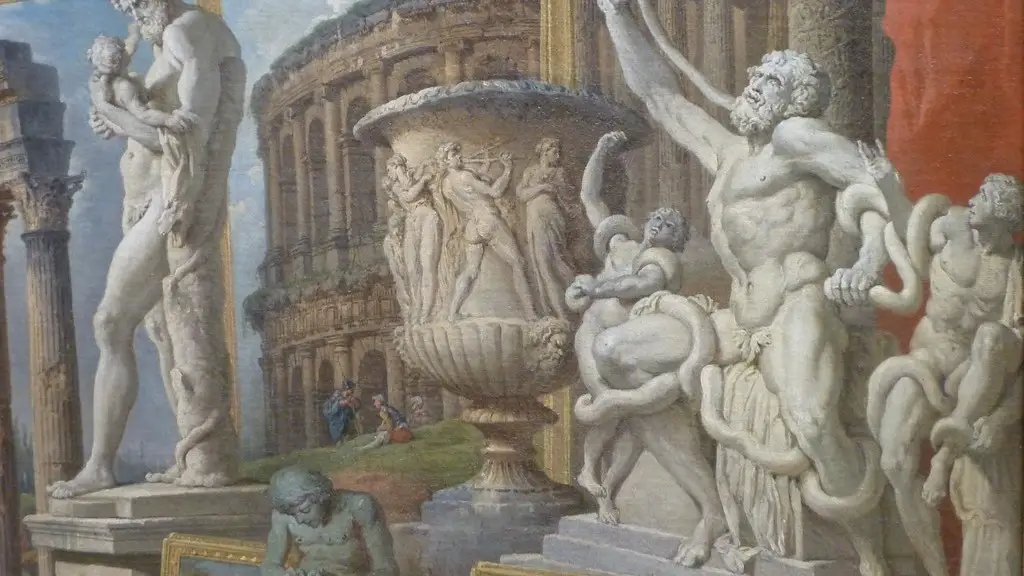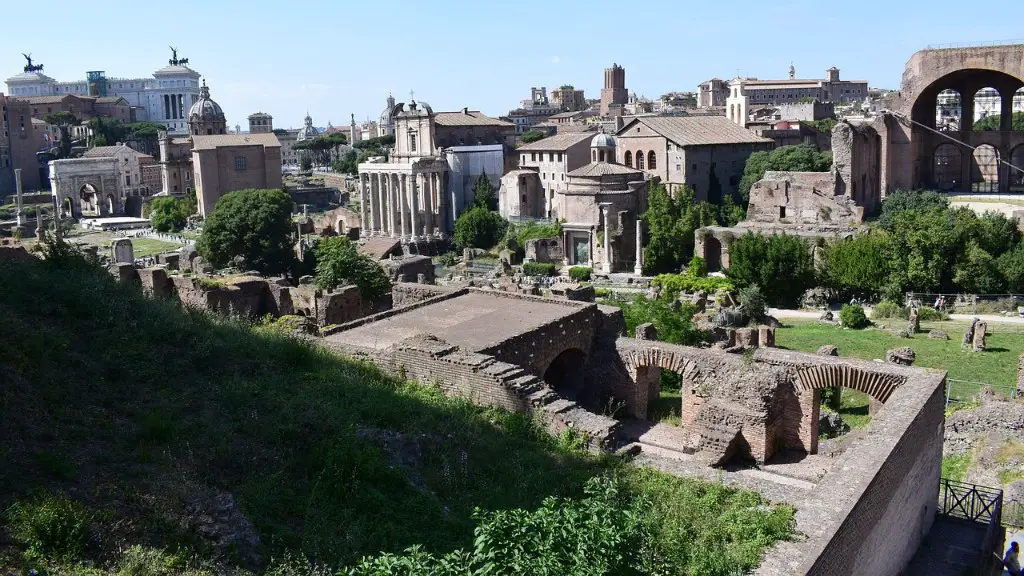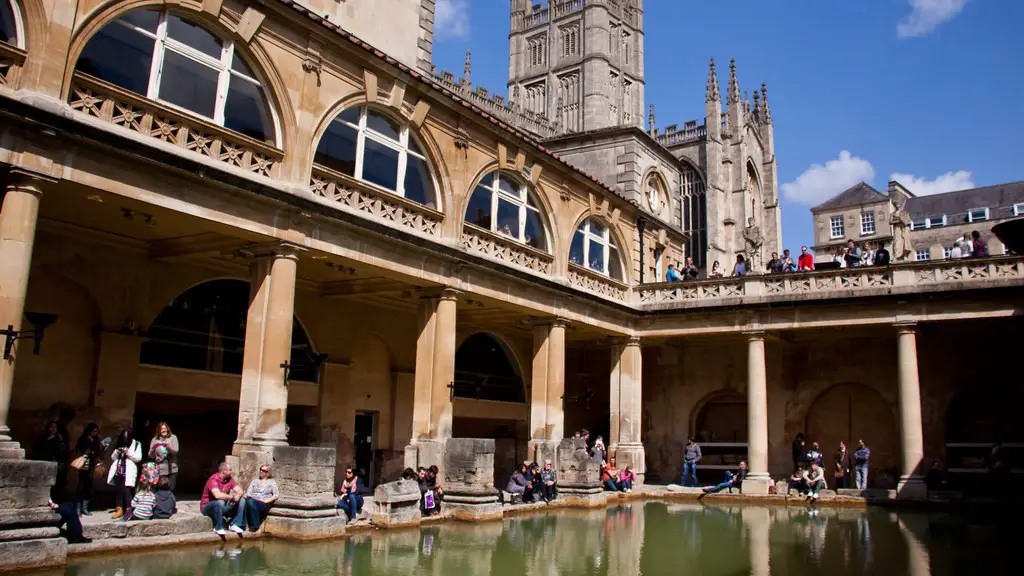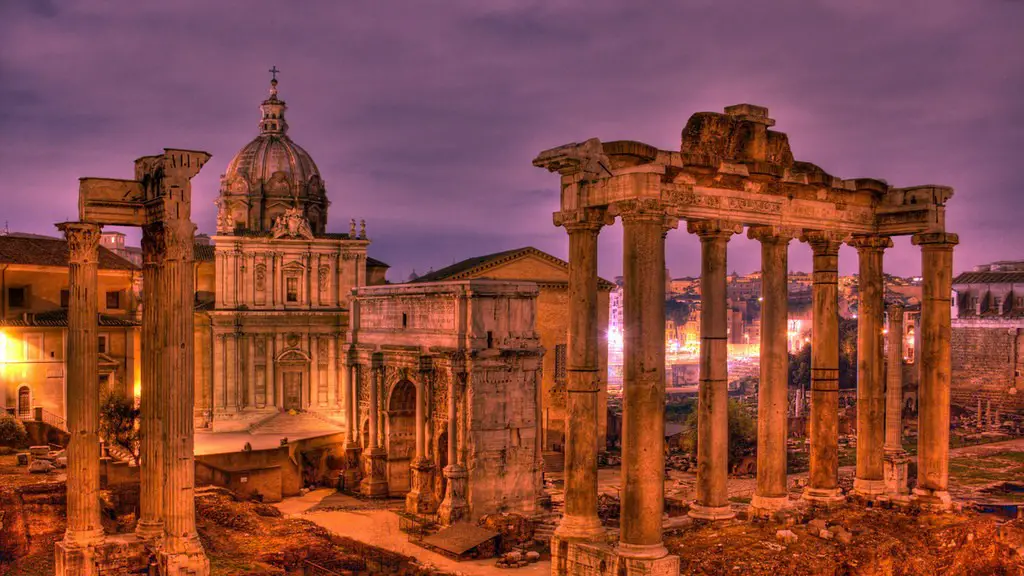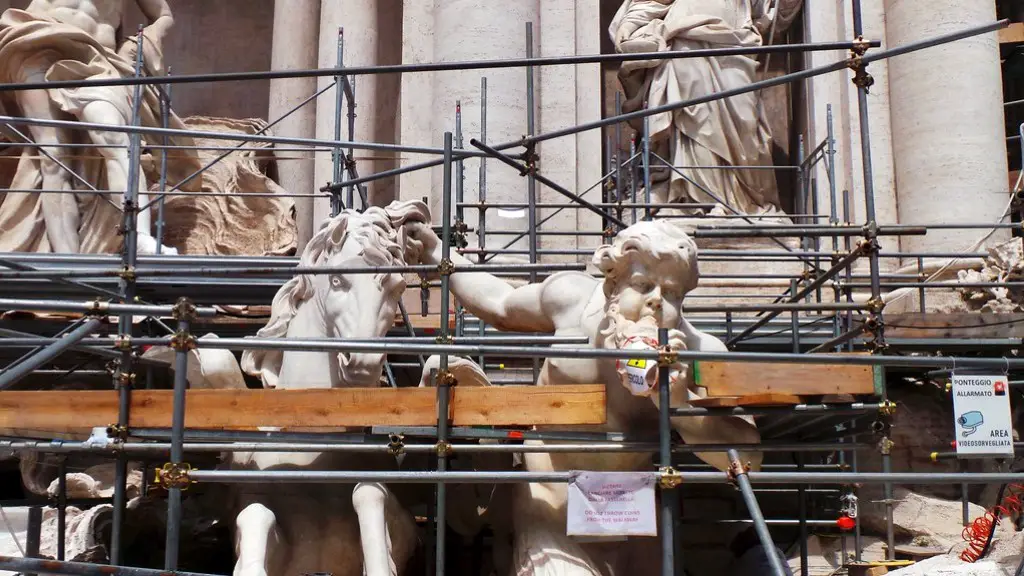The Roman Republic was founded in 509 BCE, and grew steadily in power and influence. The Roman Empire was established in 27 BCE after the death of the Republic’s last leader, Julius Caesar. As the Empire expanded, so too did Roman art. Ancient Roman art includes painting, sculpture, architecture, and mosaics.
The earliest examples of Roman art are from the Etruscan civilization, which was conquered by the Romans in the late 3rd century BCE. Etruscan art is characterized by its realism and its use of perspective. Roman artists borrowed heavily from the Etruscans, and Etruscan influences can be seen in Roman art from the earliest periods.
During the Republic, Roman art was largely functional, and focused on commemorating military victories and political milestones. Sculpture was used to decorate public spaces and to honor important citizens, while painting and mosaics were used to decorate private homes.
As the Empire expanded, Roman artists began to experiment with different styles and subject matter. Portraiture became increasingly popular, as did depictions of mythological and Biblical scenes. Roman artists also began to create large-scale public works of art, such as the Colossus of Nero and the Flavian Amphitheatre
The Roman art style evolved over a long period of time, from the early Etruscan and Greek influences during the Republic, to the more naturalistic style of the late Republic and early Empire, to the highly emotional style of the late Empire. A number of factors influenced this evolution, including the change in government from a republic to an empire, the rise of Christianity, and the increasing interaction with other cultures.
How did Roman art develop?
Roman art is a mix of different cultures because of the widespread nature of the Roman Empire. Roman art took on attributes from Greece, Egypt, and the Etruscans. The influence of Greek art is the most noticeable in the Roman style. According to myth, the Roman civilization was founded by Romulus and Remus, who had Greek heritage.
The classic art of the Romans had a significant influence on art for many years. Sculptures of people became so popular that artists would mass produce sculptures of bodies without the heads. Then when an order came in for a certain person, they would carve the head and add it to the sculpture.
What style of art did the ancient Romans develop
“Classical” or “Classicizing” Roman art refers to the influences of Greek art from the Classical and Hellenistic periods. These influences can be seen in the Roman artworks from these periods, which show Greek influences in their subject matter, style, and technique.
The Romans were known for their practicality, and this is reflected in their art. They wanted their art to be useful and to tell future generations about life in the past. This helps to provide us with a clear picture of life in Ancient Rome. Some painted scenes depicted important Roman battles and other historical events, providing future generations with history lessons.
When did Roman art begin?
Ancient Roman art is a very broad topic, spanning almost 1,000 years and three continents, from Europe into Africa and Asia. The first Roman art can be dated back to 509 BCE, with the legendary founding of the Roman Republic, and lasted until 330 CE (or much longer, if you include Byzantine art).
During this time, Roman artists produced a wide variety of artworks, including paintings, sculptures, mosaics, pottery, and jewelry. Roman art was heavily influenced by the art of the Greeks, Etruscans, and other cultures that the Romans came into contact with.
Some of the most famous Roman artworks include the Colosseum, the Pantheon, and the Parthenon Frieze.
There are four main styles of Roman wall painting that have been found: structural (or incrustation), architectural, ornamental, and intricate. Each style is unique, but every style following the first contains aspects of the previous styles. Any original paintings were created before the eruption of Mount Vesuvius.
What was Rome’s greatest contribution to art?
The greatest innovation of Roman painters was the development of landscape painting, a genre in which the Greeks showed little interest. Also noteworthy was their development of a very crude form of linear perspective. This allowed for more realistic representations of depth and distance in their paintings.
Roman art remains a significant influence on painters and sculptors to this day. The classic Roman styles were especially popular during the early days of the United States, as Americans sought to emulate the dignity and nobility of Roman art. You can still see this influence in the statues and other artworks found in Washington, D.C.
What are some facts about art in Ancient Rome
Ancient Roman art is characterized by its realism and the skillful use of perspective for dramatic effect. Glass, metal, and gem stone are often used in Roman art, and statues are frequently carved in a lifelike manner. Roman artists also made use of mosaics, which are small pieces of colored glass or stone that are arranged to form a picture or design. Roman paintings are not as well-preserved as other types of Roman art, but those that remain are often quite striking.
During the Roman Empire, educated citizens greatly admired classical Greek art. They often copied or closely imitated great works of Greek art.
How did the Romans use art?
One of the key aspects of Roman public art was the commemoration of important individuals. This is evident in the later Republic period, where there are a number of striking portraits of leading Romans. These portraits were partly influenced by native veristic traditions of portraiture, and partly by Hellenistic interest in physiognomy.
Roman painting is characterized by its use of rich, vibrant colors. Deep red, yellow, green, violet, and black were the primary colors used in Roman art. Roman painters were especially skilled in the art of mosaic and mural painting, and often used natural themes such as landscapes and scenes from mythology and literature in their work.
What did Roman art consist of
The Romans were a very artistic people and their art was used to beautify their world as well as convey meaning. Their art included seal-cutting, jewellery, glassware, mosaics, pottery, frescoes, statues, monumental architecture, epigraphy and coins.
Sculpture, painting, and monumental architecture all but ceased during the Dark Ages. Then, from around 900 BCE, these arts began to reappear during the Geometric period. This period gets its name from the decorative designs of its pottery.
What was a major innovation in Roman art?
The wet concrete would be placed on the wooden frame and left to dry. As it dried, the concrete would harden and create a strong, durable, and curved shape. This innovation allowed for the construction of sturdy bridges and buildings that could withstand a lot of weight and force.
Roman art is characterized by its technical skill, its use of naturalistic proportions, and its realism. The Roman legacy of art is evident in the way that their style has influenced subsequent generations of artists. Roman art is known for its realistic depictions of the human form, its use of perspective, and its innovative use of materials.
How did Romans influence art and architecture
Ancient Romans were greatly influenced by the art and architecture of the Greeks. However, they made some significant changes to the way they built their own structures. For example, they continued the use of columns, but the form became more decorative and less structural in Roman buildings. Ancient Romans also created curved roofs and large-scale arches, which were able to support more weight than the post-and-beam construction the Greeks used.
Roman art was heavily influenced by the Greeks and often included copies of Greek artwork. Common mediums for Roman art included coin art, fine jewelry, metalwork, perspective drawing, and sculpture. Homes, villas, and public buildings were often decorated with sculptures and walls painted with scenes from everyday life.
Warp Up
Art in Ancient Rome evolved over a period of more than two centuries. Roman art is a fusion of three elements: indigenous pottery and painting, Etruscan influence, and Hellenistic influence. Rome was the largest and most powerful city in the world, and it became a major center of culture and the arts. The Roman elite patronized the arts, and many wealthy citizens commissioned works of art for their homes. Roman art is characterized by its realism and its use of perspective. Roman artists used a variety of media, including painting, sculpture, and mosaic.
There is no one answer to this question as artwork in ancient Rome evolved in different ways depending on the time period and geographical location. However, some general trends can be observed such as an increased use of perspective and increased realism in portraiture during the Republic period, and the development of different art styles during the Imperial period.
